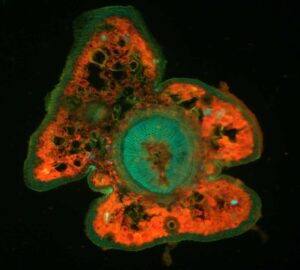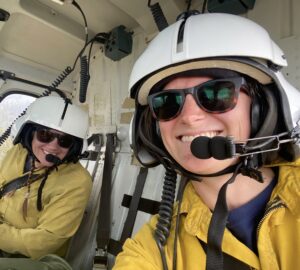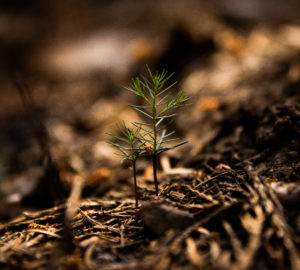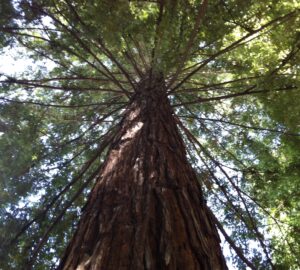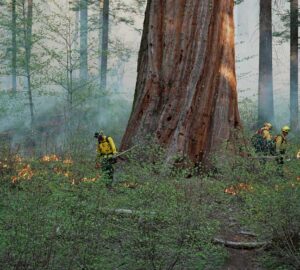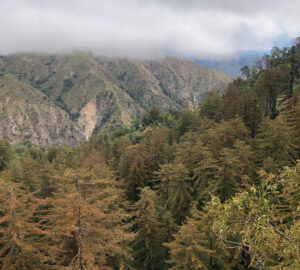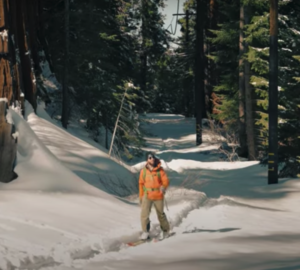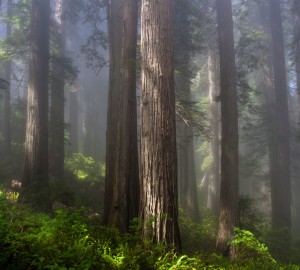
Understanding how climate change impacts the world’s tallest forest is like assembling an incredibly large jigsaw puzzle; the full picture emerges slowly, one piece at time. But occasionally, a critical piece falls into place and the picture becomes much clearer. Today, our understanding of climate and the coast redwood forest is deepened by new research published in Global Change Biology. This paper entitled, “Back to the Future – using historical climate variation to project near-term shifts in habitat suitable for coast redwood” is authored by Miguel Fernández, Healy Hamilton, and Lara Kueppers and provides a major contribution to the League’s Redwoods and Climate Change Initiative (RCCI).
Fernández and colleagues’ study refines the climate forecast for coastal California over the next 15 years (2020-2030) and determines that a warmer, normal rainfall future is likely in the near term. Interestingly, in some parts of the coast redwood range the climate is predicted to change more than others. Imagine the average temperature and rainfall conditions that the coast redwood forest has experienced since the 1890s as a bubble over the forest. This new study finds that this climatic “bubble” will most likely move – expanding 34% in the north and retreating from the forests south of San Francisco.
Luckily, warmer conditions, like the ones predicted for the southern extent of the coast redwood range, are familiar to the long-lived coast redwoods. In fact, there have been multiple years over the last century when the type of climate predicted for the coast redwood forest in the decade ahead has already occurred. Research by Save the Redwoods League’s RCCI lead researcher Stephen Sillett on the growth rates of coast redwoods shows that growth rates have been on the rise, not the decline, during the most recent decades. The forest is already reacting to climate changes and so far the trends are positive.
The League has sponsored this research study since 2011 through its Redwoods and Climate Change Initiative. Learn more about our climate change research on redwoods here.

